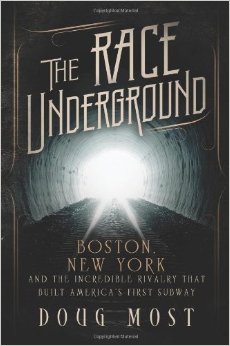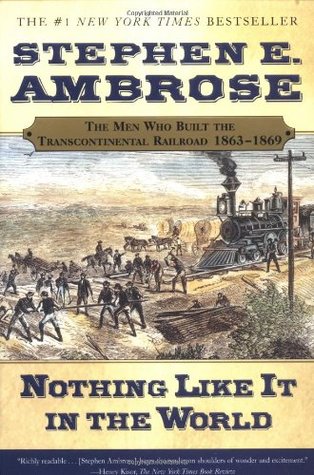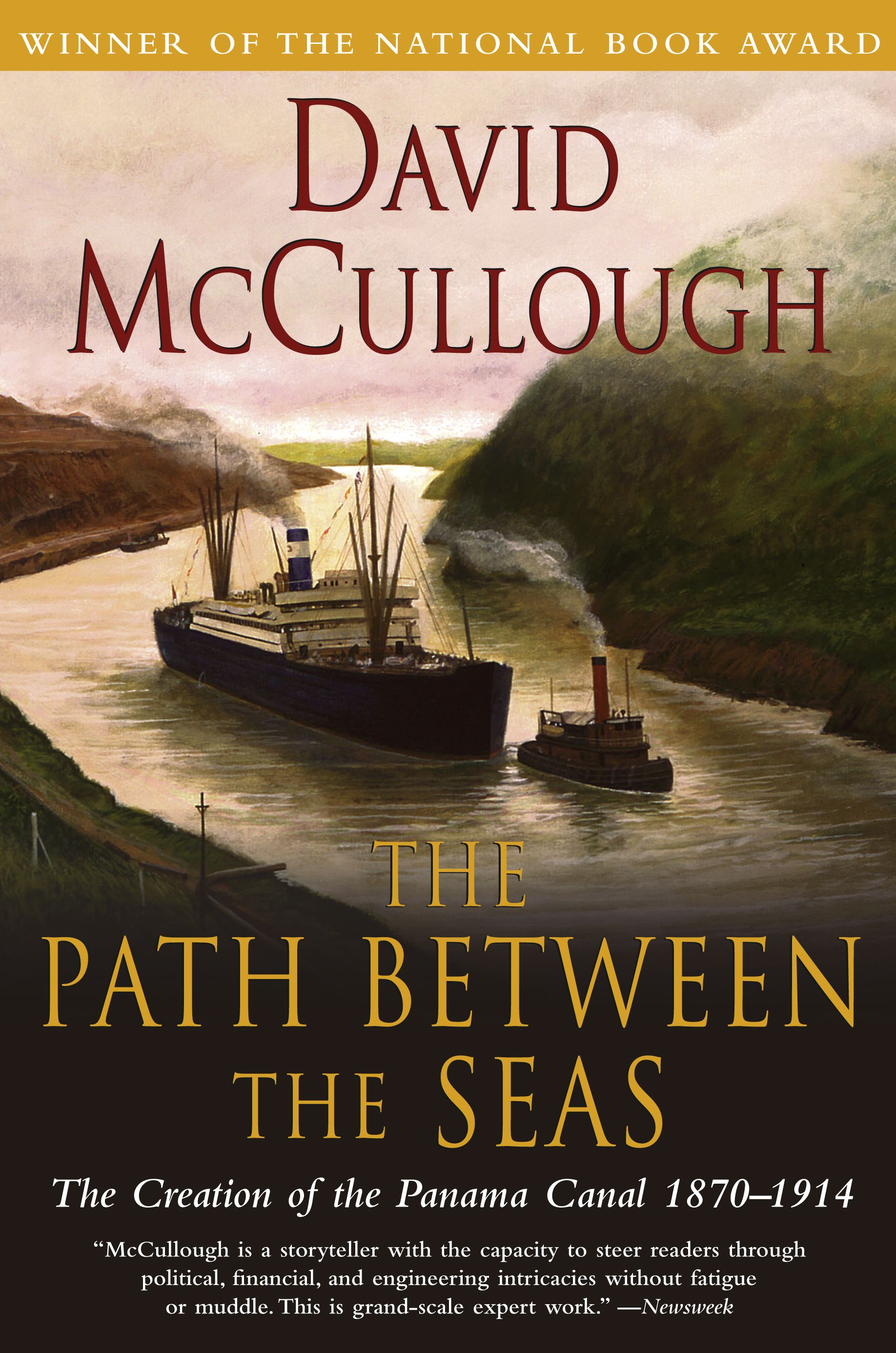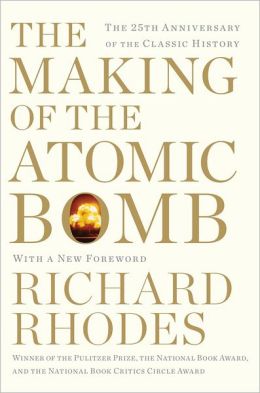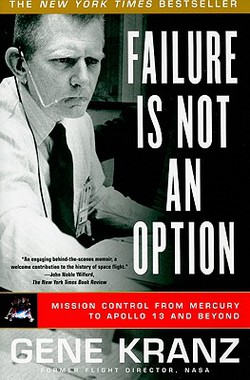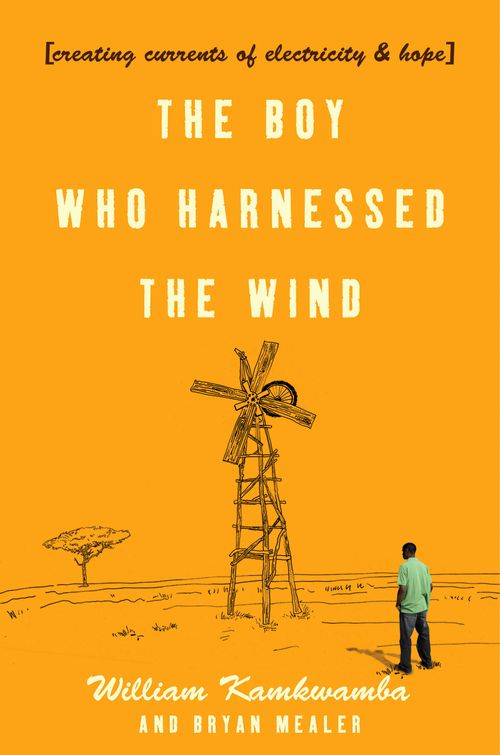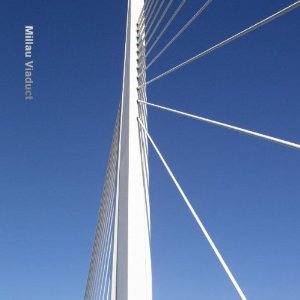We humans engineer some incredible stuff! From improving how we move people and products from here to there, to harnessing our waters and winds, to space travel and some awfully devastating weapons, these nine books demonstrate our determination to create reality from our dreams.
9 Fantastic Feats of Engineering
In the late nineteenth century, as cities like Boston and New York grew more congested, the streets became clogged with plodding, horse-drawn carts. When the great blizzard of 1888 crippled the entire northeast, a solution had to be found. Two brothers from one of the nation's great families—Henry Melville Whitney of Boston and William Collins Whitney of New York—pursued the dream of his city digging America's first subway, and the great race was on.
In the late nineteenth century, as cities like Boston and New York grew more congested, the streets became clogged with plodding, horse-drawn carts. When the great blizzard of 1888 crippled the entire northeast, a solution had to be found. Two brothers from one of the nation's great families—Henry Melville Whitney of Boston and William Collins Whitney of New York—pursued the dream of his city digging America's first subway, and the great race was on.
MENTIONED IN:
As breathtaking today as when it was completed, Hoover Dam ranks among America’s most awe-inspiring, if dubious, achievements. This epic story of the dam—from conception to design to construction—by Pulitzer Prize–winning journalist and Los Angeles Times columnist Michael Hiltzik exposes the tremendous hardships and accomplishments of the men on the ground—and in the air—who built the dam and the demonic drive of Frank Crowe, the boss who pushed them beyond endurance.
As breathtaking today as when it was completed, Hoover Dam ranks among America’s most awe-inspiring, if dubious, achievements. This epic story of the dam—from conception to design to construction—by Pulitzer Prize–winning journalist and Los Angeles Times columnist Michael Hiltzik exposes the tremendous hardships and accomplishments of the men on the ground—and in the air—who built the dam and the demonic drive of Frank Crowe, the boss who pushed them beyond endurance.
MENTIONED IN:
Nothing Like It in the World gives the account of an unprecedented feat of engineering, vision, and courage. It is the story of the men who built the transcontinental railroad -- the investors who risked their businesses and money; the enlightened politicians who understood its importance; the engineers and surveyors who risked, and sometimes lost, their lives; and the Irish and Chinese immigrants, the defeated Confederate soldiers, and the other laborers who did the backbreaking and dangerous work on the tracks.
Nothing Like It in the World gives the account of an unprecedented feat of engineering, vision, and courage. It is the story of the men who built the transcontinental railroad -- the investors who risked their businesses and money; the enlightened politicians who understood its importance; the engineers and surveyors who risked, and sometimes lost, their lives; and the Irish and Chinese immigrants, the defeated Confederate soldiers, and the other laborers who did the backbreaking and dangerous work on the tracks.
MENTIONED IN:
Winner of the National Book Award, this is the story of the men and women as well as the tragedy and triumph behind the engineering feat that solved the age-old problem of maritime travel: the creation of the Panama Canal.
Winner of the National Book Award, this is the story of the men and women as well as the tragedy and triumph behind the engineering feat that solved the age-old problem of maritime travel: the creation of the Panama Canal.
TWENTY-FIVE YEARS after its initial publication, The Making of the Atomic Bomb remains the seminal and complete story of how the bomb was developed, from the turn-of-the-century discovery of the vast energy locked inside the atom to the dropping of the first bombs on Japan.
TWENTY-FIVE YEARS after its initial publication, The Making of the Atomic Bomb remains the seminal and complete story of how the bomb was developed, from the turn-of-the-century discovery of the vast energy locked inside the atom to the dropping of the first bombs on Japan.
This memoir of a veteran NASA flight director tells riveting stories from the early days of the Mercury program through Apollo 11 (the moon landing) and Apollo 13, for both of which Kranz was flight director.
This memoir of a veteran NASA flight director tells riveting stories from the early days of the Mercury program through Apollo 11 (the moon landing) and Apollo 13, for both of which Kranz was flight director.
The Brooklyn Bridge is a staggering feat of architecture and a symbol of achievement in the face of adversity. McCullough’s dignified prose illuminates the sweeping drama surrounding the creation of the only stone-towered, steel-cabled bridge on earth.
The Brooklyn Bridge is a staggering feat of architecture and a symbol of achievement in the face of adversity. McCullough’s dignified prose illuminates the sweeping drama surrounding the creation of the only stone-towered, steel-cabled bridge on earth.
William Kamkwamba was born in Malawi, a country where magic ruled and modern science was mystery. It was also a land withered by drought and hunger. But William had read about windmills, and he dreamed of building one that would bring to his small village a set of luxuries that only 2 percent of Malawians could enjoy: electricity and running water. His neighbors called him misala—crazy—but William refused to let go of his dreams. With a small pile of once-forgotten science textbooks; some scrap metal, tractor parts, and bicycle halves; and an armory of curiosity and determination, he embarked on a daring plan to forge an unlikely contraption and small miracle that would change the lives around him.
William Kamkwamba was born in Malawi, a country where magic ruled and modern science was mystery. It was also a land withered by drought and hunger. But William had read about windmills, and he dreamed of building one that would bring to his small village a set of luxuries that only 2 percent of Malawians could enjoy: electricity and running water. His neighbors called him misala—crazy—but William refused to let go of his dreams. With a small pile of once-forgotten science textbooks; some scrap metal, tractor parts, and bicycle halves; and an armory of curiosity and determination, he embarked on a daring plan to forge an unlikely contraption and small miracle that would change the lives around him.
This book follows the evolution of Millau Viaduct in southern France from first sketches through to completion, as designed and executed by Foster + Partners, with engineer Michel Virlogeux. Spanning the spectacular gorge of the River Tarn in Southern France, the Millau Viaduct provides a critical link in the A75 autoroute between Clermont-Ferrand and Beziers.
This book follows the evolution of Millau Viaduct in southern France from first sketches through to completion, as designed and executed by Foster + Partners, with engineer Michel Virlogeux. Spanning the spectacular gorge of the River Tarn in Southern France, the Millau Viaduct provides a critical link in the A75 autoroute between Clermont-Ferrand and Beziers.
MENTIONED IN:

